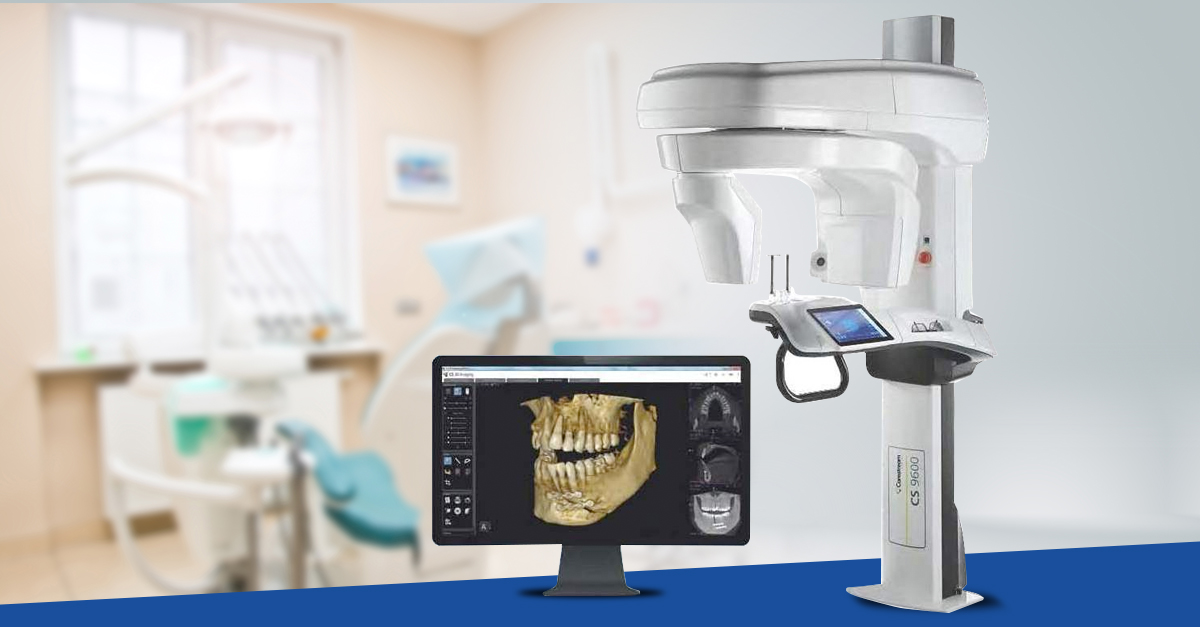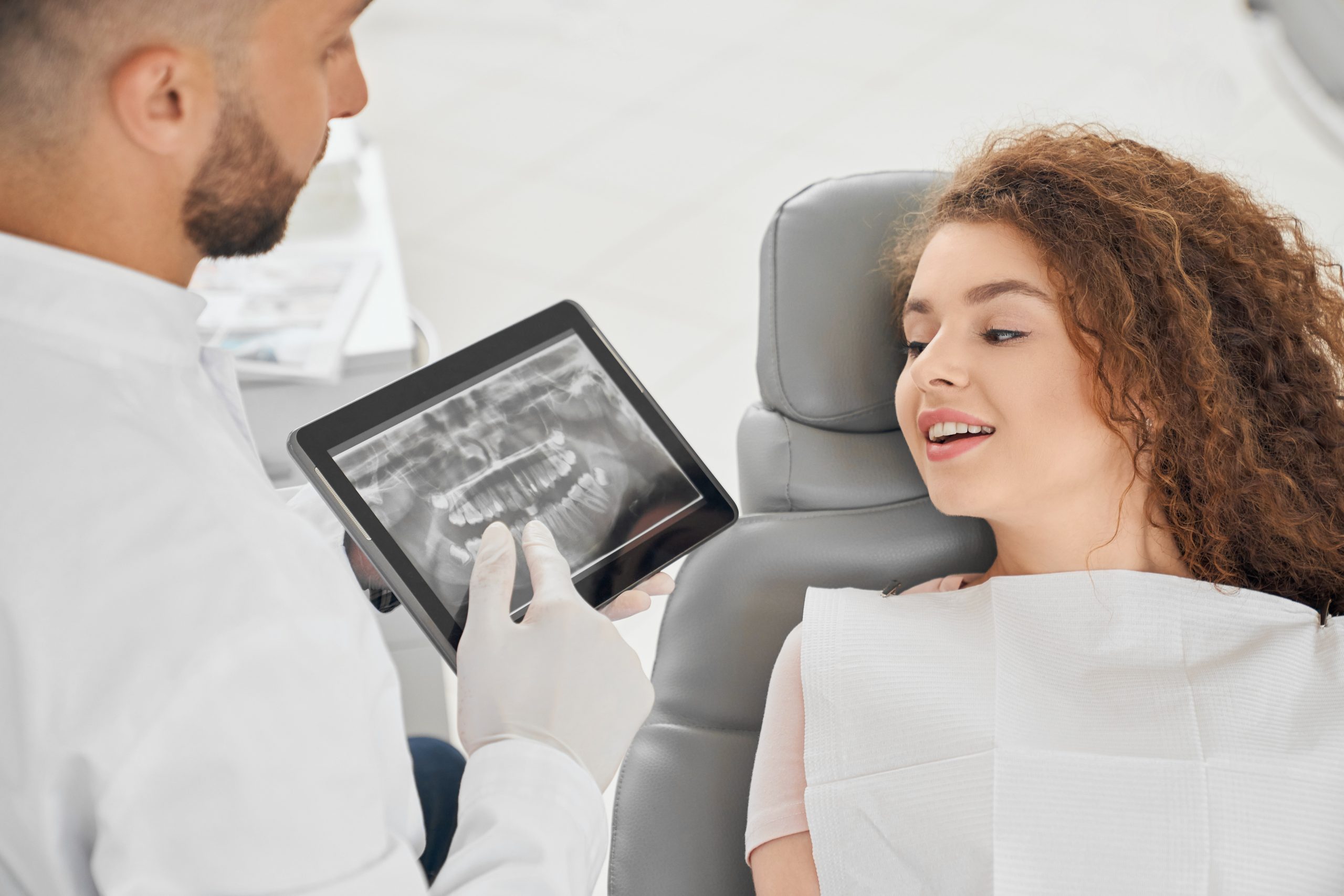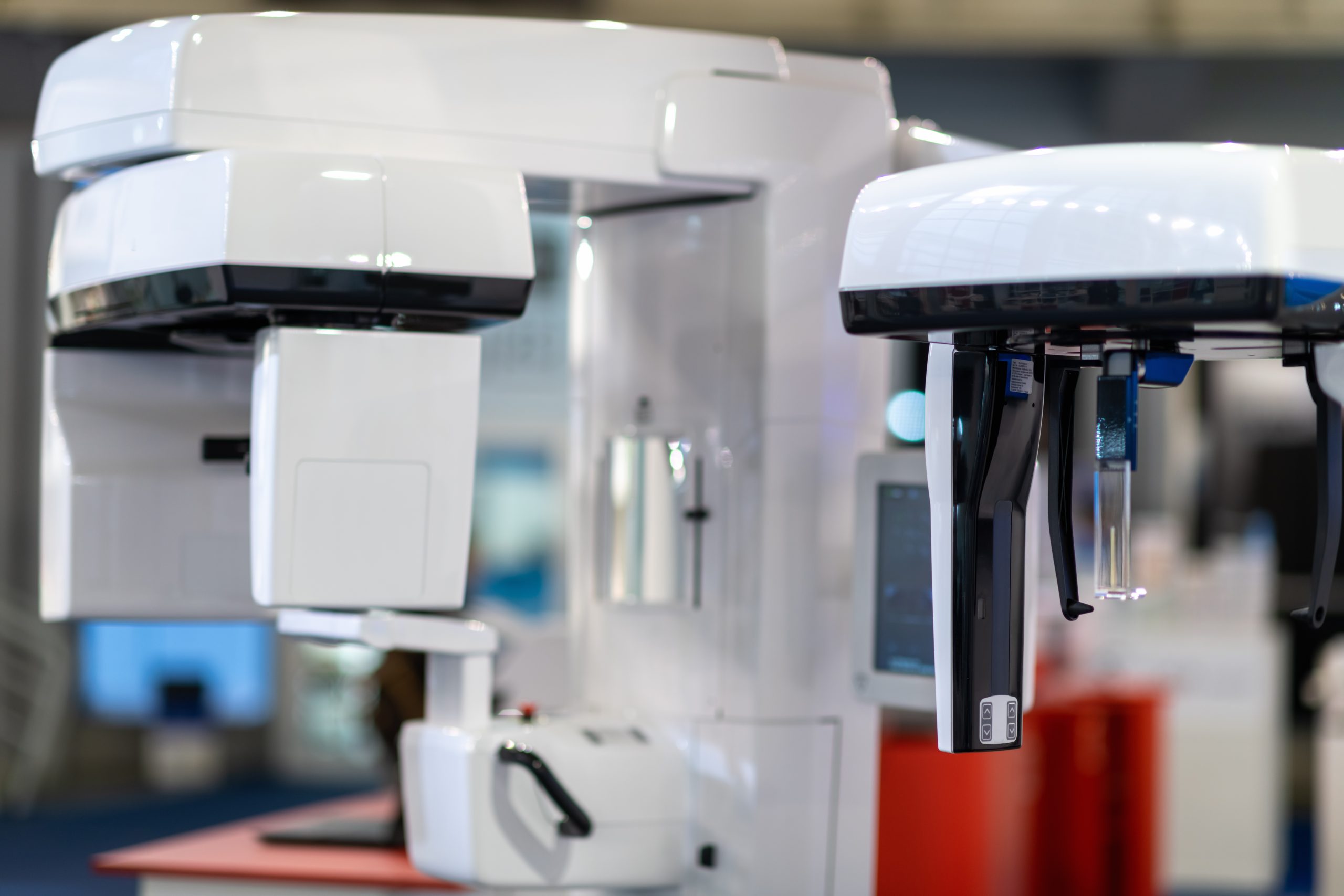BLOG
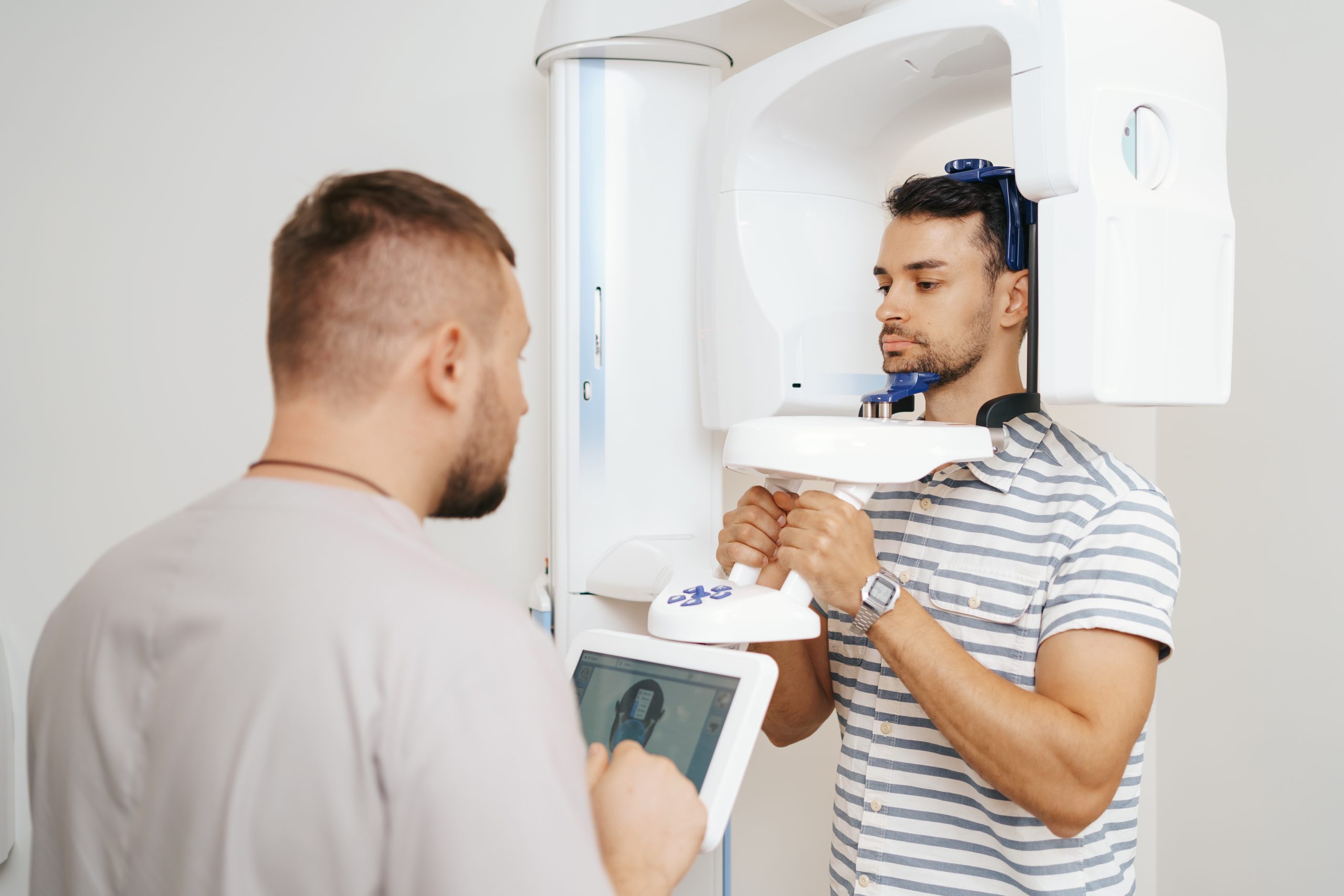
Tips On How to Position your Dental Imaging Equipment
Proper positioning of dental imaging equipment is crucial for both the comfort and safety of patients and the accuracy of the images produced. Incorrect positioning can lead to poor image quality, patient discomfort, and even injury. Here is a guide on how to properly position your dental imaging equipment for optimal results.
Consider the patient’s comfort
First and foremost, it’s essential to consider the patient’s comfort when positioning the equipment. The patient should be seated in a comfortable position, with their head and neck supported. The chair should be adjusted to the appropriate height, so the patient’s head is level with the x-ray machine. Additionally, make sure that the patient’s face is parallel to the x-ray machine to avoid distortion in the images.
Consider the type of imaging being performed
Next, consider the type of imaging being performed. Different types of imaging require different positioning of the equipment and the patient. For example, a panoramic x-ray requires the patient to bite down on a device that rotates around their head, while a cephalometric x-ray requires the patient to tilt their head back. Ensure you are familiar with the proper positioning technique for each type of imaging you will be performing.
Pay attention to the alignment of the equipment
It’s also important to pay attention to the alignment of the equipment. The x-ray machine should be level and parallel to the patient’s face, and the film or sensor should be centred on the area of interest. Be sure to check the alignment before each exposure, as even small misalignments can affect the image quality.
Consider Radiation Safety
Another important aspect to consider is radiation safety. Dental imaging equipment produces ionizing radiation, which can be harmful if not used properly. It’s crucial to follow the manufacturer’s instructions for the safe operation of the equipment, including proper shielding and dose monitoring. Additionally, make sure that the equipment is positioned so that the radiation is directed only at the area of interest and not at the patient or the operator.
In addition, make sure that the patient is properly protected from radiation exposure. This includes using lead aprons, thyroid collars, and other protective equipment as appropriate.
Can you easily maintain and clean your equipment?
Finally, it’s important to properly maintain and clean your equipment. Regular cleaning and maintenance can help ensure that the equipment stays in good working condition and continues to produce high-quality images. This includes cleaning the x-ray tube, sensors, or film holders, and checking the alignment of the equipment.
Conclusion.
In conclusion, proper positioning of dental imaging equipment is crucial for both patient comfort and safety and image quality. Make sure to consider the patient’s comfort, the type of imaging performed, the alignment of the equipment, and radiation safety. Additionally, properly maintain and clean your equipment to ensure it continues producing high-quality images. By following these guidelines, you can ensure that your dental imaging equipment is used to its full potential.


